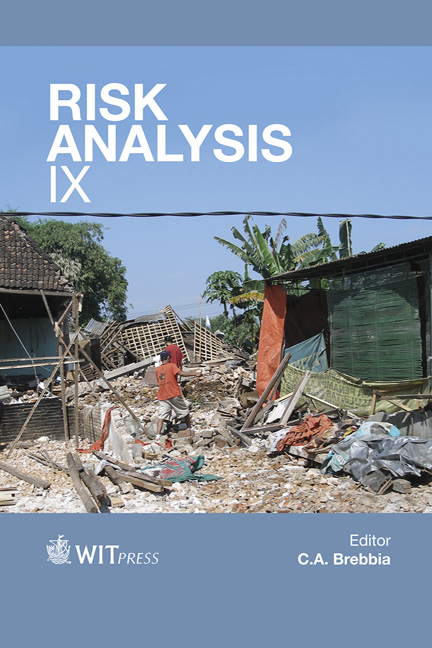A Methodology To Compare Risk Management (RM) Systems For The Application And Validation Of Specific Threats In Public Transportation
Price
Free (open access)
Volume
47
Pages
10
Page Range
219 - 228
Published
2014
Size
390 kb
Paper DOI
10.2495/RISK140191
Copyright
WIT Press
Author(s)
C. Baumgarten, F. Brauner, C. Bentler, O. A. Mudimu & A. Lechleuthner
Abstract
Background: Different events affecting public transportation systems such as the Madrid bomb attacks in 2004 have exposed the vulnerability of open and complex infrastructure. Providers have to deal with these threats and prepare to prevent and respond. For a systematic identification and assessment of threats, a variety of appropriate risk management (RM) systems can be chosen. To choose an appropriate RM system for a public transportation system, a comparison is needed. Therefore, the providers have to define self-assessment criteria based on local requirements to get reliable results. Aim: Most international RM systems are based on qualitative descriptions making it difficult to extract and determine such criteria. In fact, no comparison can currently be done between different qualitatively described RM systems. One solution to obtain reliable comparative results is the quantification of qualitative statements. This research shows an assignment of numerical values for qualitative criteria to make a comparison possible. Method: The comparison is based on adaptation of a use-value analysis that accomplishes the requirements of public transportation systems. It compares different decision alternatives, especially if there are no quantitative criteria. Qualitative criteria are categorized and assigned to each pre-defined target compliance factors connecting with numerical values. Additionally, the prioritisation of qualitative criteria is determined with weighting coefficients.
Keywords
assessment criteria, comparison, critical infrastructure, public transportation, risk management, use-value analysis





